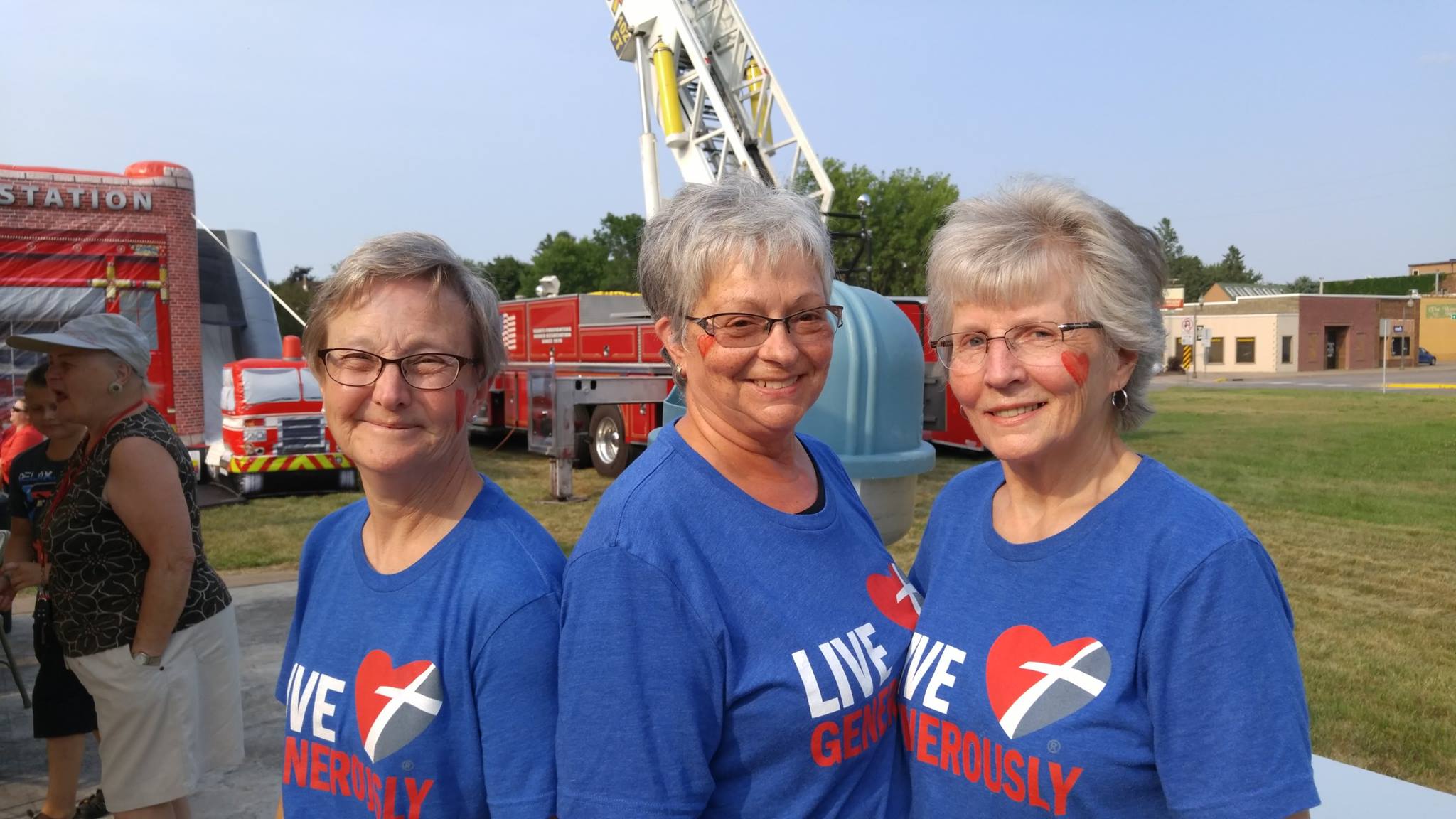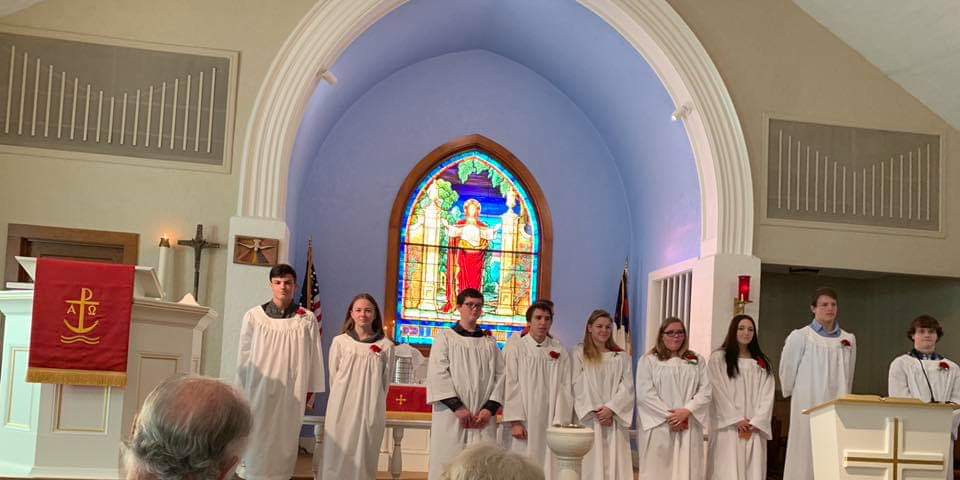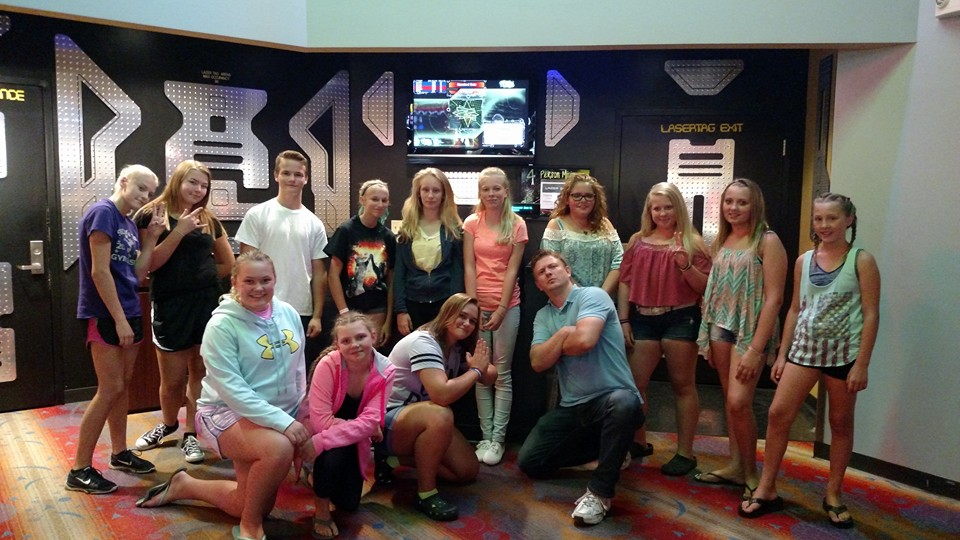




Our mission statment here at Faith: We are called to follow Christ and spread His word. To welcome and serve all with grace and love.
We seek to be a place where all people, no matter where they are on their faith journey, are able to worship and grow in their relationship to Jesus and the world around them.
I’m New
Visiting a church for the first time is a brave thing, and we want to make you feel welcome. Here are a few things you might find helpful to know:
Our worship service starts at 9 a.m.*, and we print the whole of the service in your bulletin to make sure everyone can confidently participate.
We absolutely love to hear the sounds that little ones make in church. But if your child (or you!) need a break, we also have a nursery available during worship. It has a TV with the livestream of the service so you can still worship with the young ones!
We think church should be a place for everyone, so our whole building is accessible to people with mobility limitations. An induction loop system is installed in the sanctuary for hearing aid users. We also have accessible seating in different areas of our sanctuary so you can sit where you’re comfortable.
*Please see homepage for new worship options*
Ways to Connect
- Bible Study
- Praise Band
- Women’s Group
- Men’s Group
- Youth
- Ministries: cemetary, Christian Education, finance, Heavenly Sunshine Preschool board, knit & crochet, memorial, mission/stewardship, personnel, property, social, worship & music
See office if you are interested in getting involved in any of these areas!
Community Outreach Events
- Lutheran World Relief
- Valentine’s Dinner
- Local Food Drive
- Pie Social
- Vacation Bible School
- Play Dates at Faith
- Local School Supplies Drive
- Fall Fest
- National Alliance on Mental Illness (NAMI)
- Trunk or Treat
- Veteran’s Day Blanket Drive
- Youth Christmas Program
- Salvation Army
What We Believe
When Lutherans talk about faith, we are talking about the relationship God’s Holy Spirit creates with us. It’s a relationship where God’s promise of steadfast love and mercy in Jesus opens us to a life of bold trust in God and joyful, generous service to everyone we know and meet in daily life.
Martin Luther was exuberant when he described the freedom of “a living, daring confidence in God’s grace, so sure and certain that believers would stake their lives on it a thousand times.” He once wrote, “Oh, it is a living, busy, active, mighty thing, this faith. It is impossible for it not to be doing good things unceasingly.”
At the same time faith does not close our minds to the world and our hearts to others. We continue to listen to the Scriptures of the Old and New Testaments. We listen to the witness of others and we watch for the ways God is active in the world around us. Faith opens a place for engaging others in conversation, for seeking the truth, for asking questions and speaking love in word and deed.
Faith is a full life, liberated for a living, daring confidence in God’s grace.
Statement of Faith from the ELCA Website.
Faith is a congregation of the Evangelical Lutheran Church in America (ELCA), one of the largest Christian denominations in the United States, with about 4 million members in nearly 10,000 congregations across the United States, Puerto Rico and the U.S. Virgin Islands.
Faith is part of the Minneapolis Area Synod, which has 140 congregations and five Synodically Authorized Worshiping Communities located in and around Minneapolis, from urban neighborhoods to first-tier suburbs and outlying communities beyond Hennepin County to the south, west, and north.
